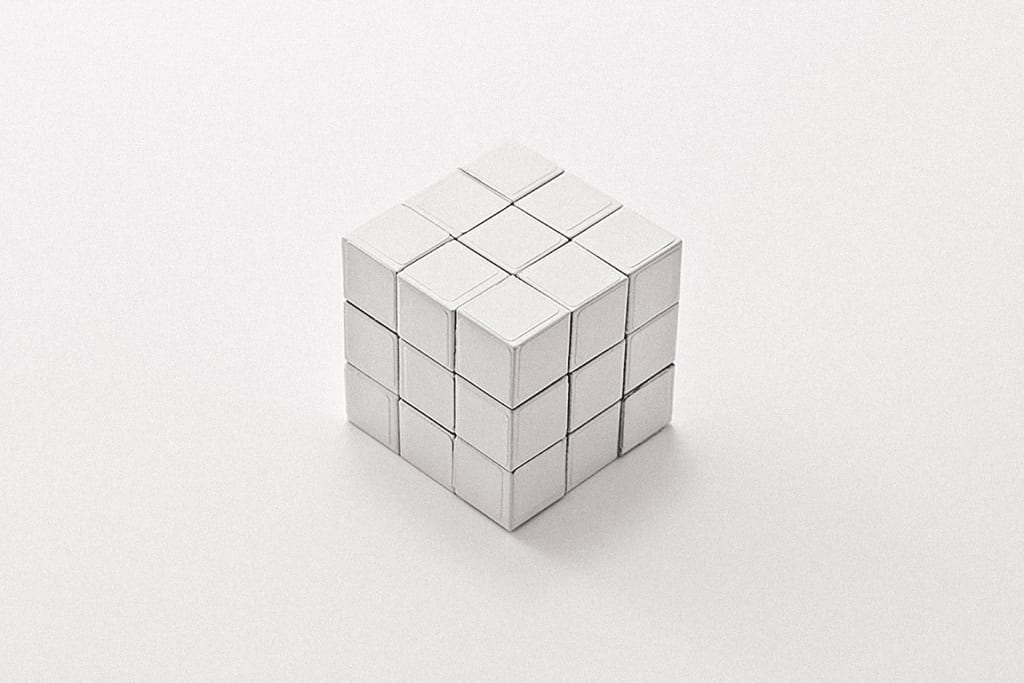Retro Toys Return
Retro Toys are the new sensation that's sweeping the nation.

Remember when toys were exciting and innovative? Not the toys of today, but the REALLY innovative toys of the past—the ones that were so different and so thrilling that toy companies couldn’t keep up with the demand for their amazing products? Toys are a beloved part of childhood. An old toy found in an old attic, once lost but never forgotten, can bring back a whirlwind of memories of happier, more innocent days. While some toys have been left behind in the dust of more technologically advanced products, others have been able to stand the test of time.
To this day, children are playing with toys that were invented before their grandparents were even born. The mark of a great invention is one that requires little-to-no updating over time, and these classic toys are no exception. Many of these toys have been around for decades, and the next few decades are sure to see continued success as the next generation learns to love and cherish these toys as their parents and grandparents did.
Hailing all the way from the 1940s, the Slinky is a pre-compressed helical spring that can travel down stairs on its own and appear to float when dropped. The Slinky sold over 300 million units in its first 60 years—that’s just about one per person in the US. Due to its simplistic nature and low cost, it has stood the test of time and is a common “giveaway” toy at birthday parties, fairs, or events. In 2003, it was named to the Toy Industry Association’s “Century of Toys List” where it joined the ranks of 100 innovative and influential toys of the 20th century.
In the early 1950s, Andre Cassagnes, a French electrician, invented L’ecran Magique by chance when tinkering with a light switch plate and a pencil. He took his invention to the 1959 Nuremberg Toy Fair where it was picked up by the Ohio Art Company and was promptly renamed “Etch A Sketch” in time for the 1960 Holiday Season. The Etch A Sketch provided the Baby Boom generation with not only a way to express oneself artistically but a unique challenge, and its popularity enabled it to sell 600,000 units in that year alone. In 2016, Toronto-based toy conglomerate Spin Master purchased the rights to Etch A Sketch, solidifying it as a necessity in today’s toy market.
Invented in 1974 by Hungarian sculptor and architecture professor Erno Rubik, the Rubik’s Cube is considered to be the world’s best selling toy with over 350 million units sold. Although its popularity peaked in the 1980s, the toy has remained in the mainstream; in fact, the World Cube organization, an international governing board founded in 2003, boasts 68 members from dozens of countries that plan events for tens of thousands of people. Pretty impressive staying power for something that came out of the 70s—it definitely fared better than bell bottoms and Beta Max.
Donald and James Herzog developed this gem in their father’s toy production company back in 1955. Initially priced at $0.29, the toy launched at a local five-and-dime store and was not expected to do very well. After selling out of their original 72 units in just two days, the buyers called the brothers back and ordered thousands more. Its simple play pattern and design lends to its popularity, and it makes a cheap and fun gift for children of all ages. As of 2010, the Baby Boomer smash hit is still in production, and over 75 million of them have been sold worldwide.
Probably the oldest item on this list, the coloring book was originally a “painting book” when it was invented back in 1879, as it predates the colored pencil by a good four or five decades. The idea behind them was to “democratize art,” enabling children everywhere to reap the benefits of art education. Painting and coloring books were not only seen as educational—they were also used in therapy sessions for many different types of ailments and disorders, including stress, PTSD, autism, and for accident rehabilitation purposes. In 2015, the adult coloring book craze swept the world, causing a global shortage of colored pencils. With medical professionals touting the books for their mental health benefits, the books soared to the top of best-sellers lists all around the globe and made their way into the homes of every stressed-out first-world individual on the planet.
Originally manufactured in 1964, this classic two-player game has been made and remade countless times to reflect the tastes of consumers throughout the decades. It has sold hundreds of thousands of units since its creation and has become a pop culture icon with its own action figure line, video games, and, most recently, a mobile phone game for iPhone and Android. It even had its own cameo in Toy Story 2 with the robots being voiced by the movie’s directors. Fifty two years old and no signs of slowing down any time soon, this game has definitely become a mainstay in toy stores and playrooms everywhere.
Always a barrel full of fun, the Barrel of Monkeys has been a staple in every kid’s toy box since its invention in 1965. Gameplay varies: The original game instructed children to link the monkeys arms together to make a chain, but other forms of play have been created over the decades, including trying to toss monkeys directly in the barrel (harder than it looks!). The toy has had more practical uses throughout the years—for example, they are sometimes used in 3D modeling of polyhedral structures, including virus particles and other protein structures. It sounds unusual, but due to their design, they’re actually quite useful in this field and provide a “hands on” approach to understanding these concepts.
Originally marketed in the late 1960s, the Lite Brite was nothing more than a lightbox with an attached panel that had small holes in it. Each small hole could fit a colored peg that would illuminate when the lightbox was lit. Although the design is extremely simple, it has been slightly updated as the decades have passed. For example, it’s taken the shape of a 3D cube, a flat screen TV, and even an FX edition that spins and plays music. It is also being offered as an app, meaning that five decades later, children are definitely still playing this little piece of nostalgia.
In 1973, two housewives from Wisconsin helped their sons with a cub scout project. That project turned out to be Shrinky Dinks, one of the most popular toys of the 1980s. The pair soon produced kits and sold them at their local shopping mall. They later pitched the product to Milton Bradley, and the rest, as they say, is history. Although Shrinky Dinks are still popular amongst children, they’ve found a permanent home with adult crafters, especially those that make jewelry or charms. They’ve also become useful in scientific circles, where Shrinky Dinks have been used to create tiny structures for the application of microfluids, stem cell research, and even self-assembling robots! After 33 years and applications that can genuinely help people, Shrinky Dinks remains unchallenged for the best cub scout project ever.
About the Creator
Heather Johnson
Carried a hand-held console in her back pocket (now purse) since the 3rd grade. Currently works for Bandai in the marketing department.






Comments
There are no comments for this story
Be the first to respond and start the conversation.